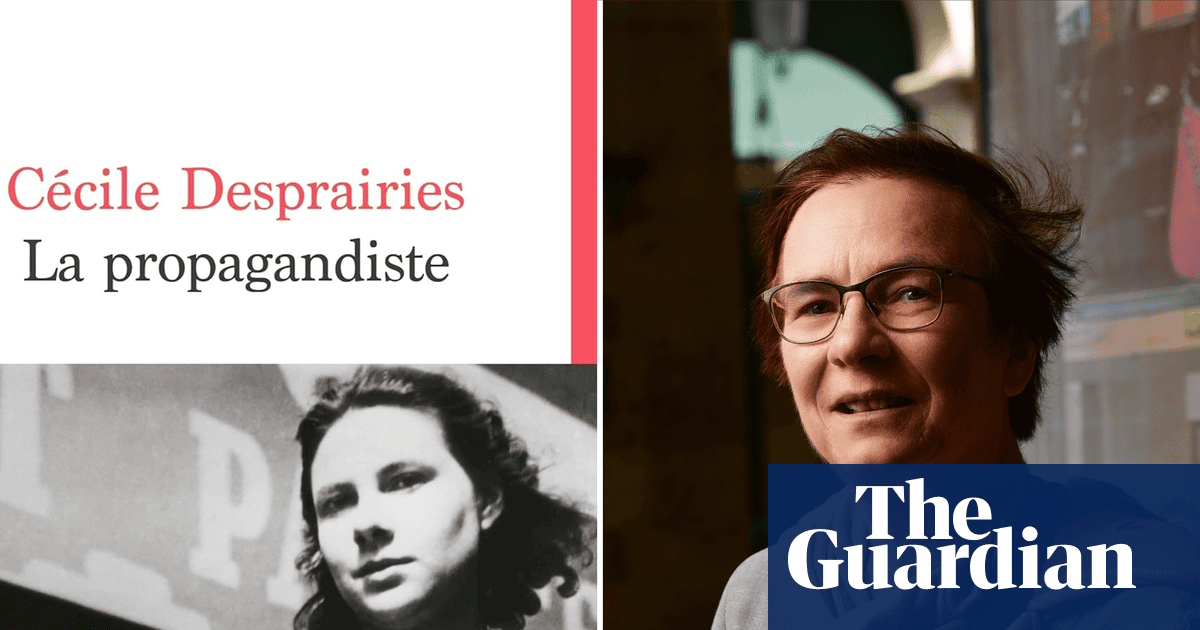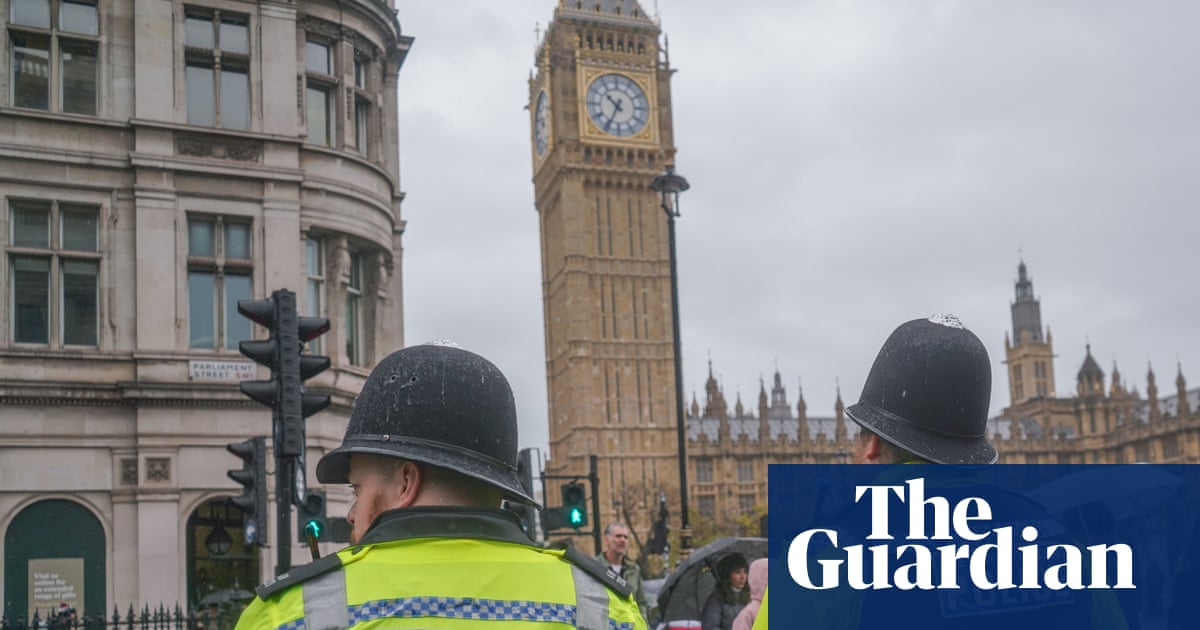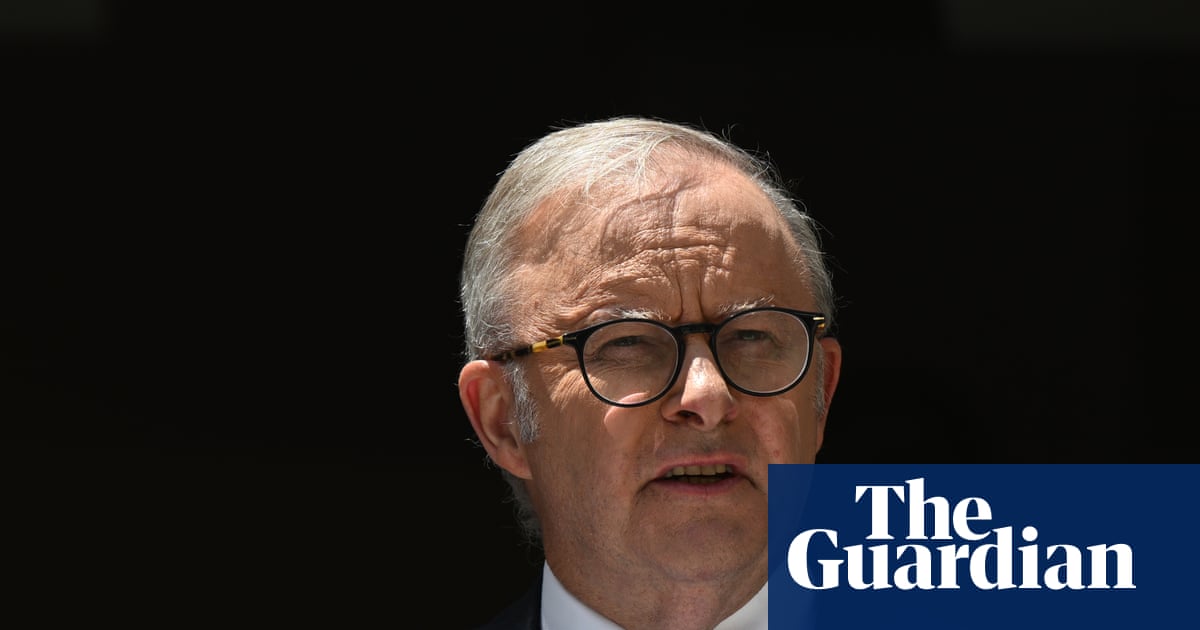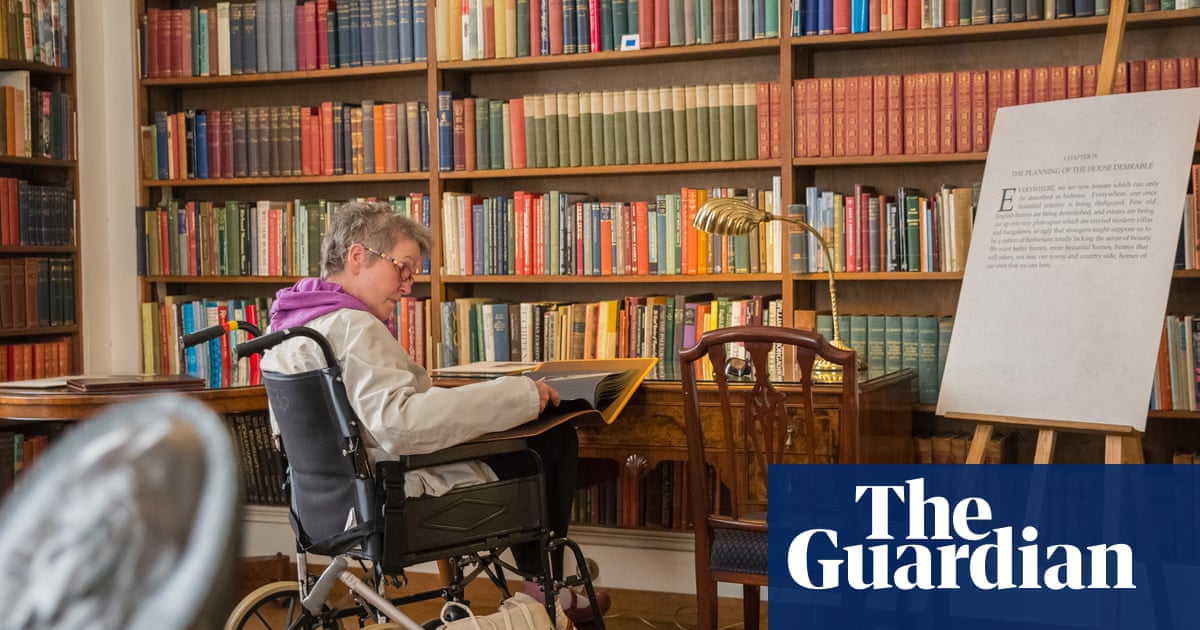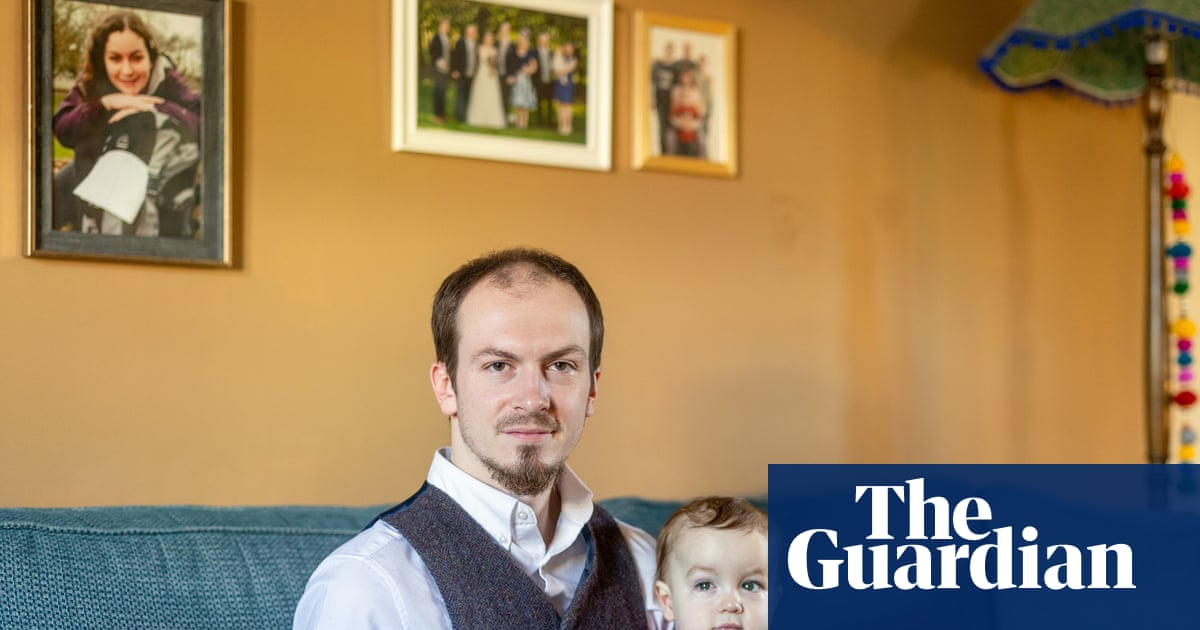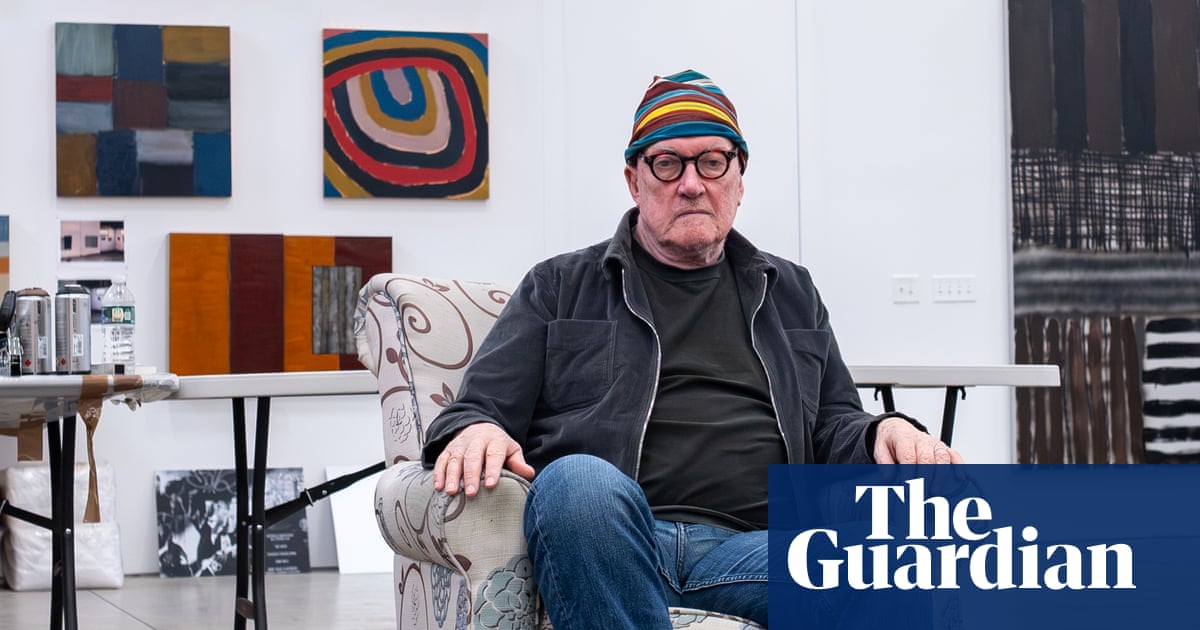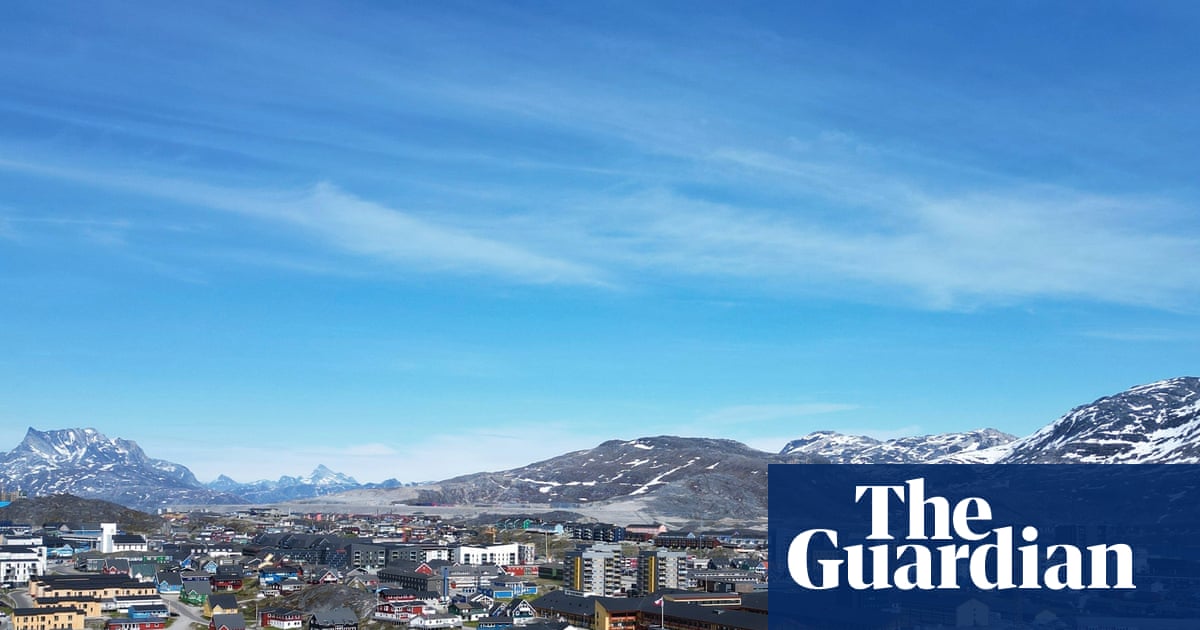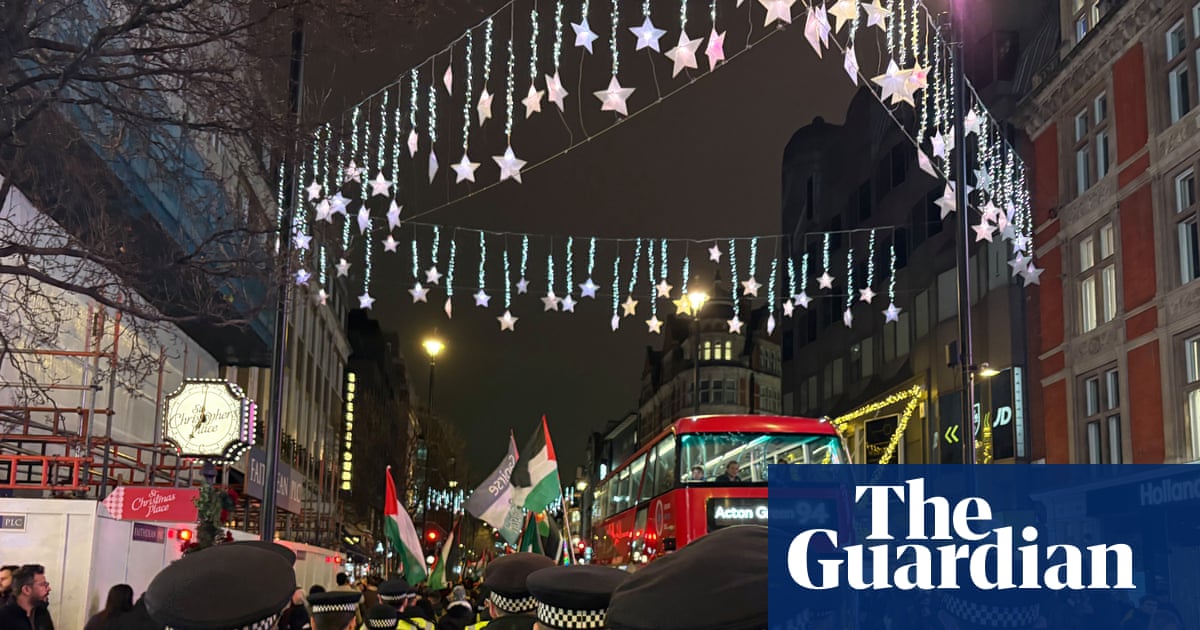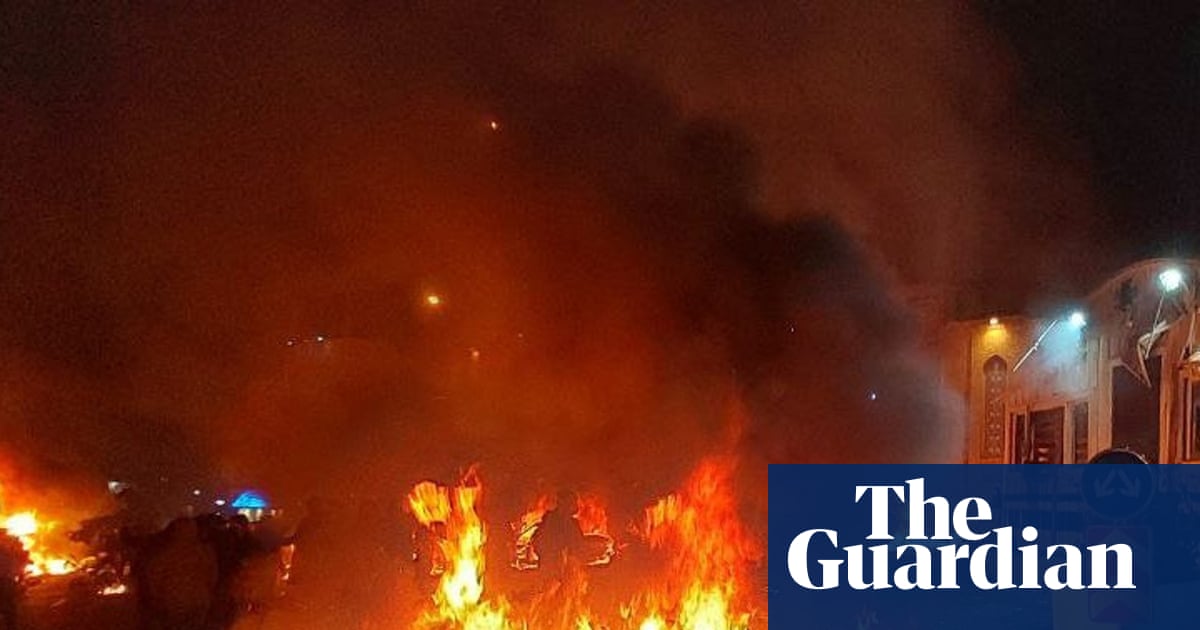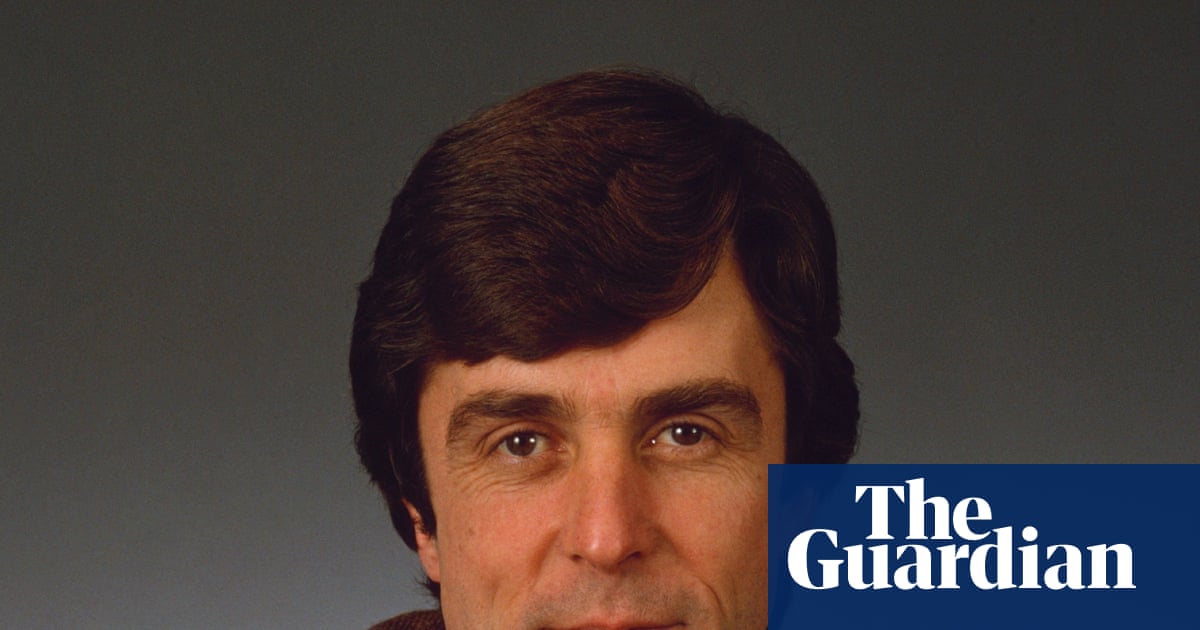The Giuseppe Verdi of 1855 was not unlike the Bob Dylan of 1965. Both had just produced, in rapid succession, three defining masterpieces which would ensure their immortality – in Verdi’s case Rigoletto, Il Trovatore and La Traviata, in Dylan’s the trilogy of albums starting with Bringing It All Back Home. The question that now loomed was – where to go from here?
For Verdi, as for Rossini and Donizetti before him, the answer was Paris, and the conquest (and financial rewards) of French opera. The outcome was The Sicilian Vespers, a five act grand opera in French, complete with ballet, depicting the Sicilian rising against French invaders in 1282. It is a work of uncommon musical fascination, in which Verdi subjects his art to a form of self-renewal in something of the manner that Dylan would also do more than a century later. The score, much admired by Berlioz, is full of new forms of declamation and controlled grandeur. But it has never held a position in the repertoire to compare with its predecessors.
Stefan Herheim’s Covent Garden production of Sicilian Vespers in 2013, now revived by Dan Dooner, was the Royal Opera’s very first. Herheim’s treatment has lashings of his characteristically bold theatrical panache. He sets it, not in 13th century Sicily as Verdi prescribed, but in the Paris opera’s Le Peletier theatre at the time of the work’s premiere. Ballerinas, boulevardiers and Balzacien low-lifes abound. All this is superimposed on the opera’s original plot in ways that can be hard to follow. Franco-Italian tensions fill the stage, as they do the score, though mercifully the 30-minute ballet in act three is cut. At the end, though, this production’s hollowness and ambiguities leave us hanging.
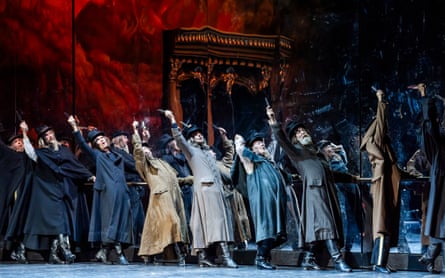
None of that is down to Speranza Scappucci in the pit, who makes an impressive debut as the Royal Opera’s principal guest conductor, the first woman to hold the post. From the overture onwards – in which events preceding the opera itself are acted out on stage – Scappucci conducts a well-paced account, allowing Verdi’s explorations of rhythm and tonality to flower, and she is attentive both to the composer’s new orchestral colours and to her singers.
In a new cast of principals, Joyce El-Khoury as Hélène is at her best in the soft and reflective duets with her lover Henri in act four, but only intermittently vocally comfortable in the main body of the role’s more forceful demands. The Ukrainian tenor Valentyn Dytiuk brings stentorian ardour to all of Henri’s big moments. Most convincing of all is the bass-baritone Quinn Kelsey as the conflicted French governor Montfort, who is also Henri’s father, and who gets to explore the father-son relationship in music of dark inwardness, expressively sung. Ildebrando D’Arcangelo gets the opera’s best known aria, “Et toi, Palerme”, sung to what may be a backcloth of Etna in eruption. But even he cannot make much of Herheim’s disjunctive conception of Jean Procida as simultaneously an implacable Sicilian patriot and a dandyish Parisian ballet-master.

 3 months ago
145
3 months ago
145



